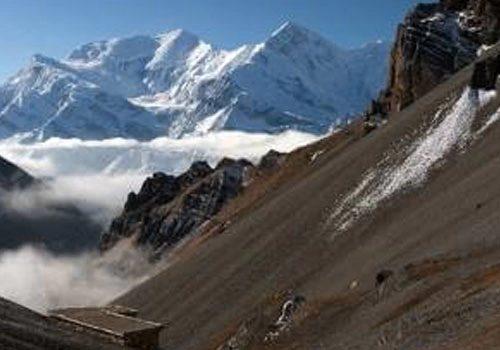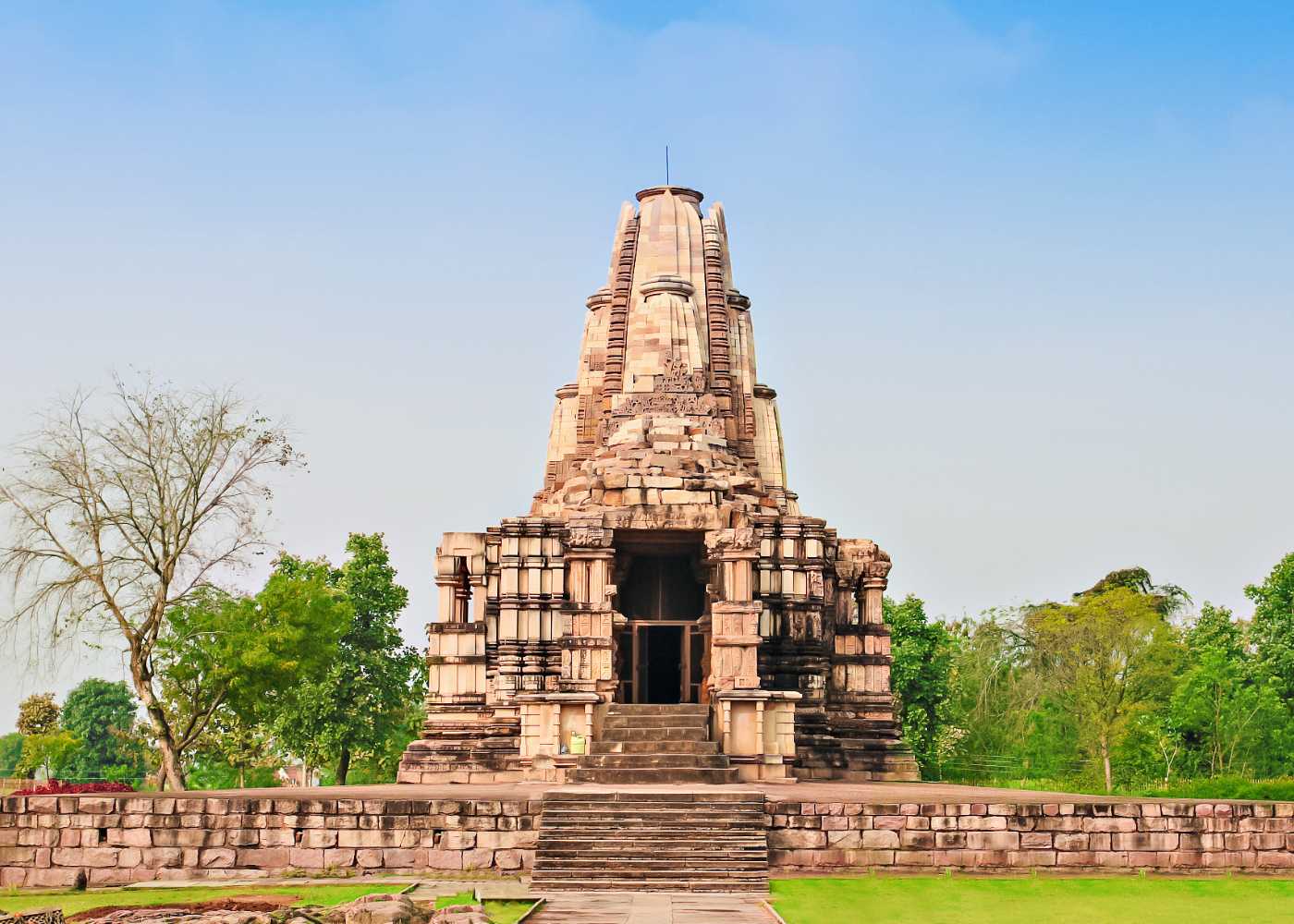The Everest Base Camp Trek is more than just a hike; it’s an unforgettable adventure that brings you face-to-face with the tallest mountain on Earth—Mount Everest. This iconic journey draws trekkers from around the globe to Nepal’s Khumbu region, offering a perfect blend of natural beauty, Sherpa culture, and high-altitude challenge. As you plan your trek to Everest Base, knowing the details about trekking packages, costs, and what to expect in 2026 will help you make the most of this once-in-a-lifetime experience.
Why Trek to Everest Base Camp?
Trekking to Everest Base Camp (EBC) is a bucket-list experience for adventure seekers. It takes you through breathtaking valleys, dense forests of rhododendron and pine, glacial rivers, and ancient monasteries, all against the backdrop of snow-capped giants. You’ll walk the same trails used by legendary climbers like Sir Edmund Hillary and Tenzing Norgay.
Reaching the base camp at 5,364 meters is an achievement in itself, and the panoramic views of Everest, Lhotse, Nuptse, and Ama Dablam are more rewarding than words can describe. Whether you’re drawn by the challenge, the beauty, or the culture, the Everest Base Camp Trek is truly extraordinary.
Everest Base Camp Trekking Package: What’s Included?
Choosing the right Everest Base Camp Trekking Package can enhance your experience significantly. Trekking packages are designed to provide logistical support, local expertise, and cultural insight. A typical EBC trek package for 2026 includes:
1. Airport Transfers and Transportation
- Arrival and departure airport transfers in Kathmandu
- Domestic flights from Kathmandu to Lukla and back (subject to weather)
2. Accommodation
- Hotel stays in Kathmandu (usually 2-3 nights total)
- Teahouse or lodge accommodations along the trekking route
3. Meals
- Three meals a day during the trek: breakfast, lunch, and dinner
- Options include traditional Nepali dishes, soups, rice, pasta, eggs, and pancakes
4. Permits and Documentation
- Sagarmatha National Park entry permit
- TIMS (Trekkers Information Management System) card
- Local municipality permit (Khumbu Pasang Lhamu Rural Municipality permit)
5. Guide and Porter Services
- Experienced, government-licensed English-speaking guide
- Porters (typically one porter for every two trekkers)
- Insurance for guide and porter
6. Medical Support
- First aid kit
- Assistance in case of altitude sickness
- Emergency evacuation coordination (insurance required)
7. Cultural Tours
- Guided sightseeing in Kathmandu (optional in some packages)
When comparing Everest Base Camp Trekking Packages, check for the reputation of the trekking agency, inclusions, group size, and the experience level of guides.
Everest Base Camp Trekking Cost for 2026: What to Expect
Planning ahead for the Everest Base Camp Trekking Cost for 2026 will help you budget your Himalayan adventure wisely. Costs can vary depending on the level of service, time of year, and group size.
1. Standard Package (USD 1300 – USD 1700)
This includes everything from airport pickup to domestic flights, accommodation, meals, permits, guide and porter services. It’s a good choice for those who want a hassle-free experience but don’t need luxury amenities.
2. Luxury Package (USD 2500 – USD 4000)
Luxury packages include stays in upscale lodges where available, better meals, helicopter return flights from Gorakshep or Pheriche, and smaller group sizes with personalized attention.
3. Budget or Independent Trekking (USD 1000 – USD 1300)
For experienced trekkers who are confident navigating independently, the cost may drop if you arrange your own permits, accommodation, and food. However, hiring a guide is highly recommended for safety and local insight.
4. Additional Costs to Consider
- Travel insurance with high-altitude coverage: $100–$200
- Tips for guides and porters: $100–$200
- Personal gear and trekking equipment
- Extra days in Kathmandu or sightseeing
Planning your Everest Base Camp Trekking Cost for 2026 with inflation and demand in mind is essential, as prices may rise due to post-pandemic tourism growth and increasing permit fees.
Classic Everest Base Camp Trek Itinerary
A standard trek to Everest Base usually takes around 12–14 days, depending on acclimatization and side trips. Here’s a sample itinerary:
Day 1: Arrival in Kathmandu (1,400m)
- Airport pickup and transfer to hotel
Day 2: Fly to Lukla (2,840m), Trek to Phakding (2,610m)
- Scenic 35-minute flight
- Easy descent to Phakding through pine forests
Day 3: Trek to Namche Bazaar (3,440m)
- Cross suspension bridges
- First glimpse of Everest
- Acclimatization begins
Day 4: Acclimatization Day in Namche
- Hike to Everest View Hotel or Khumjung village
- Explore Sherpa culture
Day 5: Trek to Tengboche (3,860m)
- Visit Tengboche Monastery
- Stunning views of Ama Dablam
Day 6: Trek to Dingboche (4,410m)
- Pass through rhododendron forests
- Gradual climb to high alpine terrain
Day 7: Acclimatization Day in Dingboche
- Hike to Nagarjun Hill (5,100m) for panoramic views
Day 8: Trek to Lobuche (4,910m)
- Pass through memorials for fallen climbers
Day 9: Trek to Gorakshep (5,170m), then to Everest Base Camp (5,364m)
- Highlight of the trek
- Celebrate reaching base camp
- Return to Gorak Shep for the night
Day 10: Hike to Kala Patthar (5,545m), Trek to Pheriche
- Best sunrise view of Everest and the surrounding peaks
Day 11-13: Trek back to Lukla to Namche
- Enjoy descending through familiar trails
Day 14: Fly back to Kathmandu
This classic route balances adventure with proper acclimatization, maximizing your chances of success.
Best Time to Trek to Everest Base
The best time for the Everest Base Camp Trek is during the pre-monsoon (spring) and post-monsoon (autumn) seasons.
Spring (March to May)
- Clear skies and warmer days
- Rhododendron blossoms
- Mountaineering season adds buzz to the region
Autumn (September to November)
- Stable weather and clear mountain views
- Peak trekking season
Avoid the monsoon season (June to August) due to heavy rainfall and slippery trails, and be cautious in winter (December to February) due to extreme cold and snow-covered paths.
Challenges on the Trek to Everest Base Camp
Trekking to Everest Base Camp is achievable with good fitness, but it’s not without challenges:
1. Altitude Sickness
Symptoms can start above 3,000 meters. Acclimatization days, hydration, and slow ascents are vital.
2. Weather
Unpredictable mountain weather can delay flights or force itinerary changes. Always allow buffer days.
3. Basic Facilities
Teahouses provide shelter and food but are often basic. Hot showers and Wi-Fi come at extra cost.
4. Physical Endurance
You’ll be trekking 5–7 hours a day for over 10 days. Some uphill and downhill sections are demanding.
Despite these challenges, with preparation and the right mindset, the Everest Base Camp Trek is an immensely rewarding experience.
Tips for a Successful Everest Base Camp Trek
- Train in Advance – Build endurance with cardio, stair climbing, and hikes.
- Pack Wisely – Bring layered clothing, a good down jacket, hiking boots, sleeping bag, and water purification tablets.
- Stay Hydrated – Drink 3–4 liters of water daily to help prevent altitude sickness.
- Hire a Local Guide – They offer safety, cultural insights, and language help.
- Insure Your Trip – Get high-altitude trekking coverage for medical evacuation and trip cancellations.
Conclusion: Trek to Everest Base Camp in 2026
The Everest Base Camp Trek is a dream adventure that combines awe-inspiring scenery, rich Sherpa traditions, and a real sense of accomplishment. Whether you’re a seasoned trekker or a first-time adventurer, the trails to Everest promise an unforgettable journey.
With many options available, choosing the right Everest Base Camp Trekking Package will ensure your trek is safe, enjoyable, and well-supported. As you prepare, consider the Everest Base Camp Trekking Cost for 2026, factoring in flights, permits, and services. Book early, train well, and soon you’ll find yourself standing at the base of the world’s highest mountain—an experience that will stay with you forever.
Contact to welcome nepal treks:
You Can contact welcome nepal treks by using our email address info@welcomenepaltreks.com . We are available at any time.welcome nepal treks will deliver you price-worthy services, professional guides, trained staff, and assistance on every trip.




